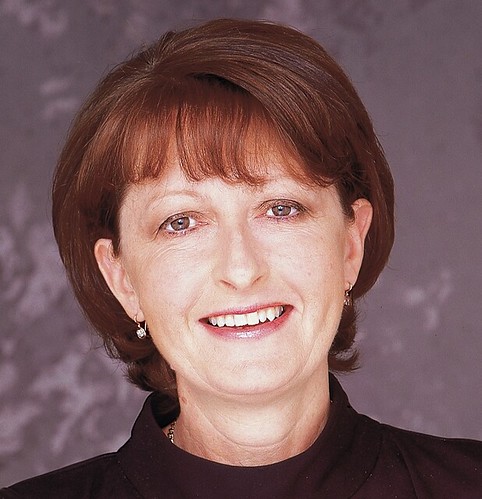Bite worse than bark

I read somewhere recently that the number of large dogs in Australia is decreasing, but at the same time there’s a rise in the prevalence of tiny dogs that look more like a fluffy slipper more than a canine companion.
Just back from a walk during which my companion and I were scared on two occasions by large, scary and unrestrained dogs, I can’t honestly say the news displeases me. In both cases, the situation could have easily turned ugly.
Further strengthening my irritation with dog-owners who allow their huge dogs to wander the streets or be off the lead is an article in this week’s BMJ on the burden of dog bite injuries.
Before a team of Rottweilers is dispatched in my general direction by the animal rights lobby, let me say I’m a long-time dog-lover; tonight we had a large Airedale and a schnauzer in tow. But as is the law, they were on leads, an appropriate rule in an area where every second house has small children or dogs, or both.
There’s still debate over which dogs attack humans most, but according to the BMJ the consensus is that the “higher risk animals include larger dogs, German shepherd dogs, pit bull terriers, Rottweilers, and chows, but all dogs should be considered dangerous; even smaller dogs such as Jack Russell terriers inflict severe bites”.
Personally, this rings true. I once cohabited with a placid chow called Daisy, whose name reflected her nature, while my cousin had a Jack Russell that attacked her poddy calf which subsequently died from the injuries. It’s hard to imagine a toddler would have fared much better.
And for some reason, the problem seems to be growing. I’m not sure of the Australian figures – readers are most welcome to fill me in here – but despite a fall in UK dog ownership, hospital admissions are growing, and I don’t think it’s because the NHS has gone soft on its admission policy.
An accompanying editorial in the BMJ discusses several proposed strategies to reduce dog attacks, now considered a child protection issue.
Sadly, many intuitively sensible schemes are likely to fail because they don’t take into account the high proportion of dog attacks that occur in the home. Initiatives such as compulsory muzzling in public places and dog-free parks won’t prevent Fido turning on his family if they get between him and his dinner.
I’m sensing an emerging zeitgeist here; a recognition that while we love our dogs we love our children more.
If we want to continue to enjoy the companionship of man’s best friend, as a community we need to do some serious limit-setting, and we need to do it now.
Labels: dog bites



